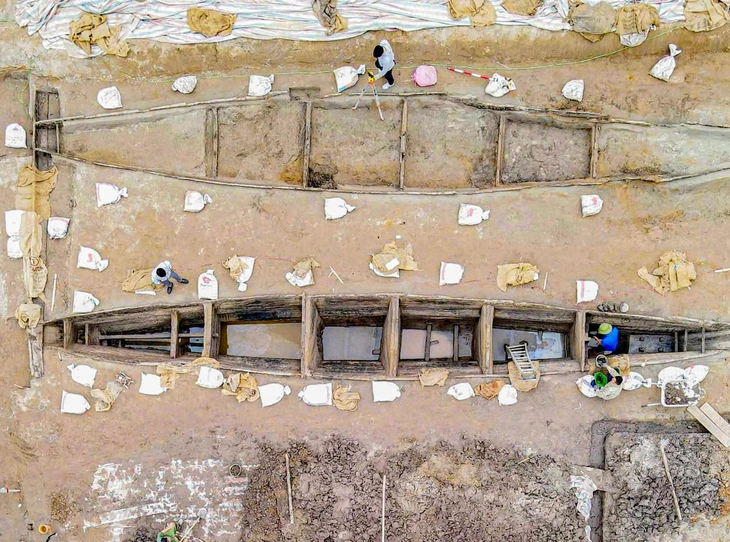
Ancient boat excavation area near Luy Lau citadel (Thuan Thanh town, Bac Ninh ) - Photo: THANH CONG
On May 3, Mr. Nghiem Van Hach - Deputy Director of the Department of Culture, Sports and Tourism of Bac Ninh province - said that the department has just reported the initial results on the value, structure and construction techniques of the ancient boat discovered near Luy Lau citadel, Thuan Thanh town, Bac Ninh recently.
Sophisticated ancient boat building technology
Specifically, since March 5, this agency and the Institute of Archaeology have urgently excavated the ancient boat relic after Mr. Nguyen Van Chien (50 years old, residing in Ha Man, Thuan Thanh town, Bac Ninh) accidentally discovered it while renovating land for fish farming.
The relic is located in the ancient Dau River area - a branch of the Thien Duc River (Duong River) flowing close to the west of the ancient Luy Lau citadel.
Through excavation, experts determined that the ancient boat consisted of two intact blocks, 2.3m apart and connected by a wooden board at the head. The two blocks were over 16m long, 1.95 - 2.2m wide and had a maximum depth of about 2.15m.
The bow of the boat has a T-shaped plank nearly 6.5m long used to lock the two hulls together, while the stern has structures believed to be where the rudder was attached.
Researchers determined that the bottom of the boat had a dugout structure, meaning it was made from a single tree trunk, with the widest diameter being nearly 1 meter, so the tree had to have a diameter of over 1 meter to be able to be used to make it.
The hull is made of 7-8 layers of planks, each 22-34cm wide and 4.5cm thick on average. The two hulls have similar structures, divided into 6 compartments. The first and last compartments are the most complex, with horizontal and vertical beams for stability.
In general, the ancients used the technique of chiseling tree trunks, joining planks with mortise and tenon joints, then these mortises were secured with wooden nails.
"The most complex technique is shown in the bow and stern, which is the connection between the dugout bottom and the sideboard, which are locked together and fixed by four wooden pillars of similar size, 5cm x 5cm. This is the first technique seen in ancient shipbuilding techniques in Vietnam and the world," the report stated.
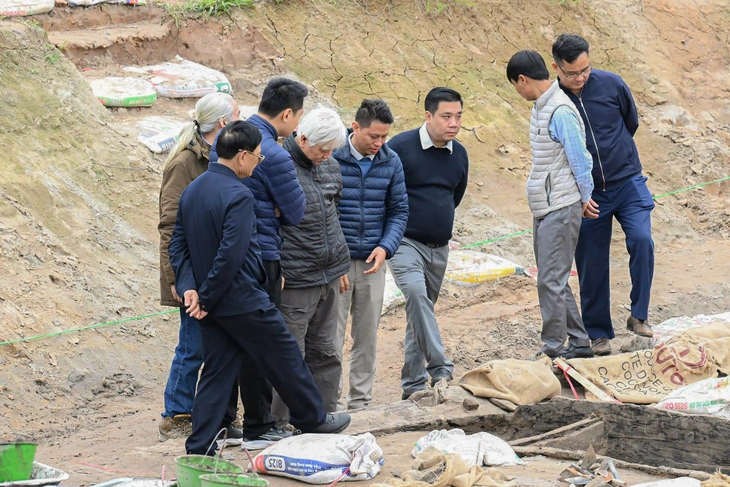
Scientists , archaeologists, and historians were present at the excavation site of an ancient boat in Bac Ninh to give specific assessments - Photo: THANH CONG
Boat capabilities from the Ly and Tran dynasties
Initially, scientists assessed that the ancient boat had two hulls. The part discovered was the submerged part like two buoys supporting the entire upper structure that had been completely lost or removed before. The boat could have been used to transport goods, but could also have been used for river cruising.
The entire boat was built of wood, without the use of metal, demonstrating complex engineering. As scientists are awaiting the results of carbon-14 analysis from the Institute of Nuclear Science and Technology, they have not confirmed its age.
However, based on Chinese and international boat documents, there are opinions that the boat dates from the 11th-14th centuries (Ly and Tran dynasties) and no later than the 15th century.
Bibliographical documents also mention that this type of boat was built by the king. For example, the book Viet Su Luoc records "In 1106 (Ly Dynasty)... the king ordered the construction of a Vinh Long boat with two bottoms" while the book Dai Viet Su Ky Toan Thu records "In 1124 (Ly Dynasty)... the king ordered the construction of a Tuong Quang boat, a type of boat with two bottoms".
Notably, the original Chinese characters "bottom" and "heart" have the same form - 腹 (Phuc means belly), meaning a boat with two bellies.
To protect and promote the value of the relic, the Institute of Archaeology proposed expanding excavation and research to the entire Dau River space, in order to decode its location and role in history.
Keep the boat in place, while zoning off the area for protection and emergency conservation, avoiding impacts from nature and society. Develop a long-term conservation plan, promoting the value of the relic, for example, organizing an international conference or filling in the excavation area systematically and scientifically.
The Department of Culture, Sports and Tourism of Bac Ninh province proposed to demarcate and fill the sand to protect the relic similar to the Thang Long Imperial Citadel heritage to protect it after completing research and documentation of the relic. This includes steps such as cleaning, covering with geotextile, fixing with wood - soil - sand similar to the environment...
Source: https://tuoitre.vn/thuyen-co-o-bac-ninh-la-thuyen-2-bung-kha-nang-tu-thoi-ly-thoi-tran-20250503135350677.htm





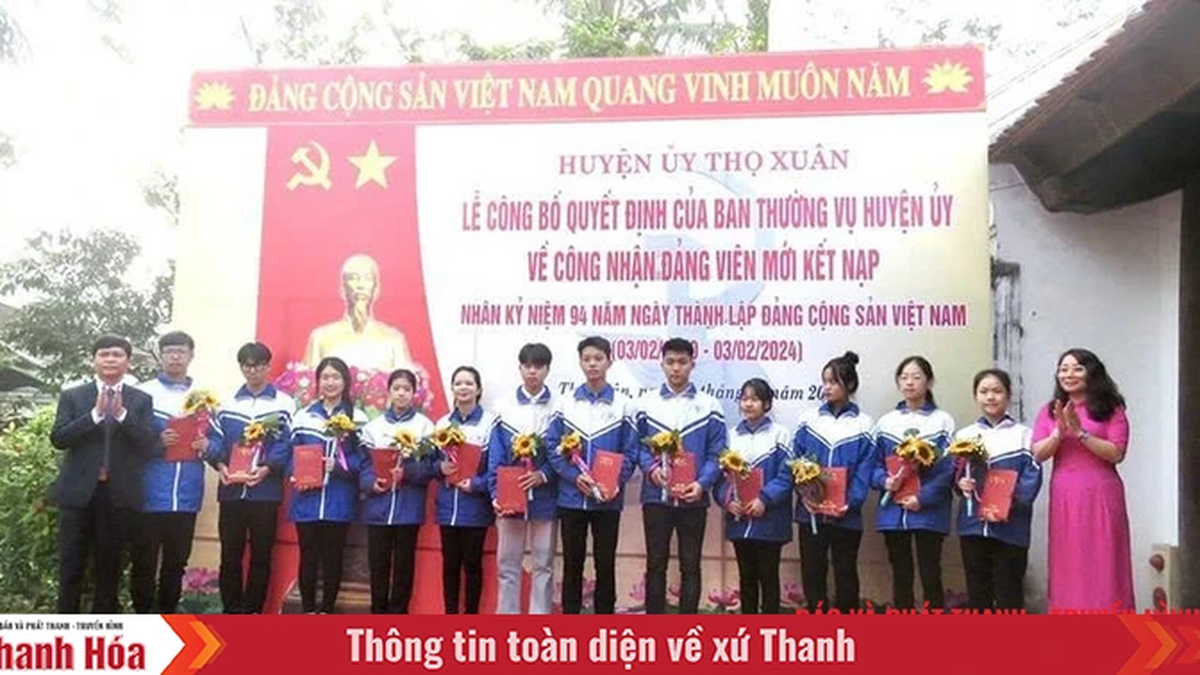






















![[Photo] National Assembly Chairman attends the seminar "Building and operating an international financial center and recommendations for Vietnam"](https://vphoto.vietnam.vn/thumb/1200x675/vietnam/resource/IMAGE/2025/7/28/76393436936e457db31ec84433289f72)





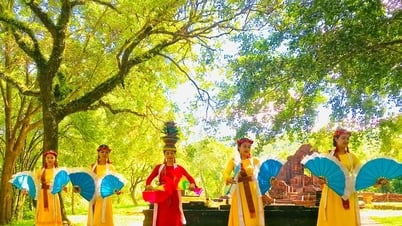

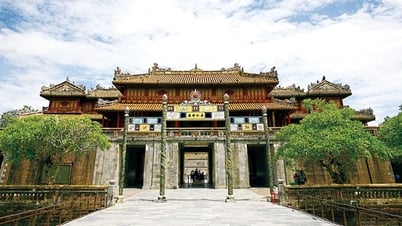

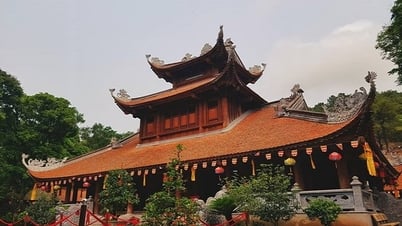



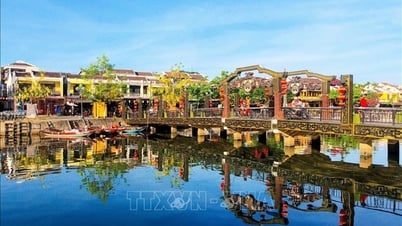































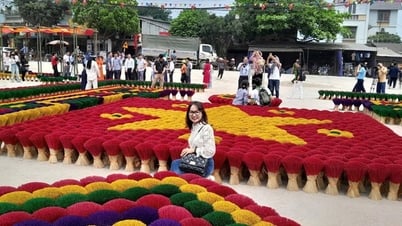























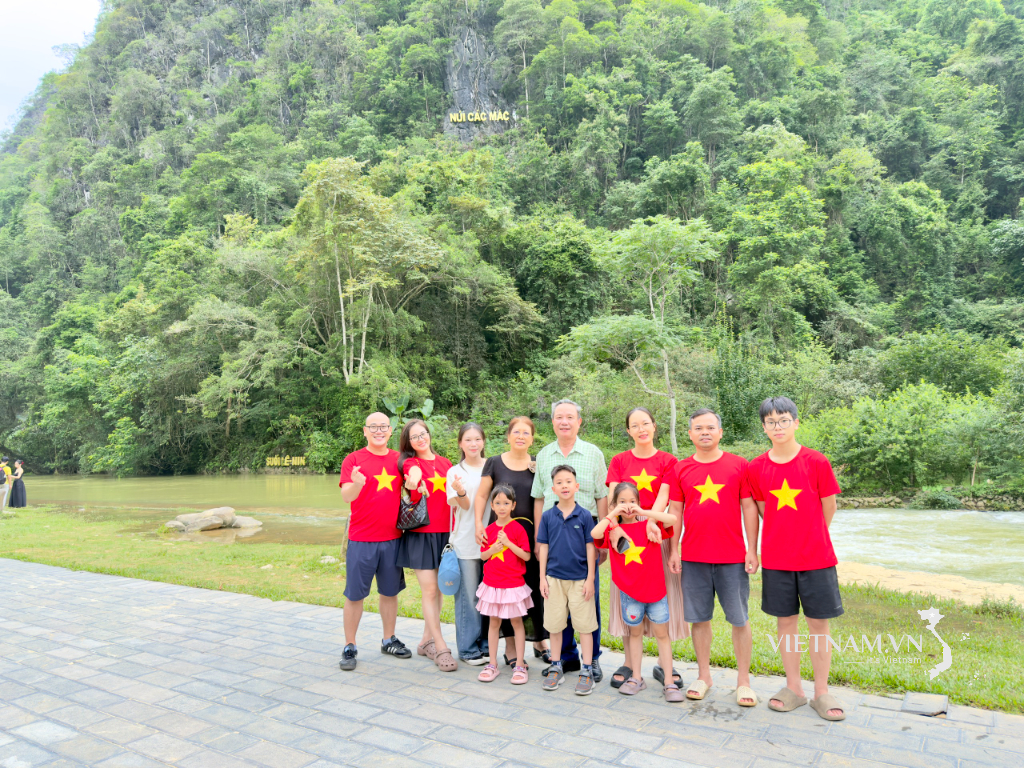

Comment (0)